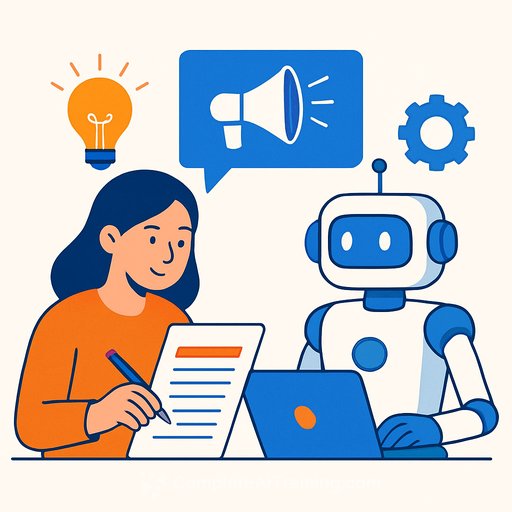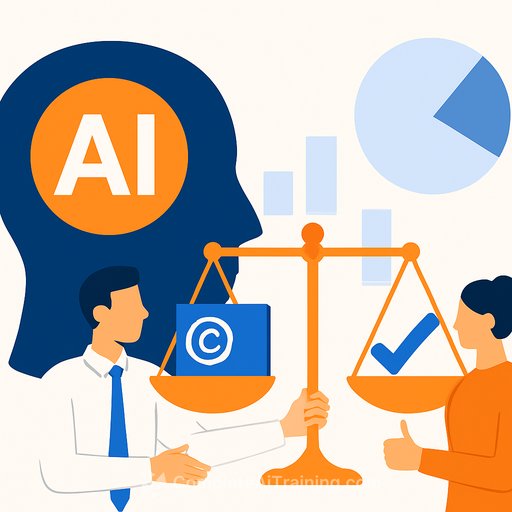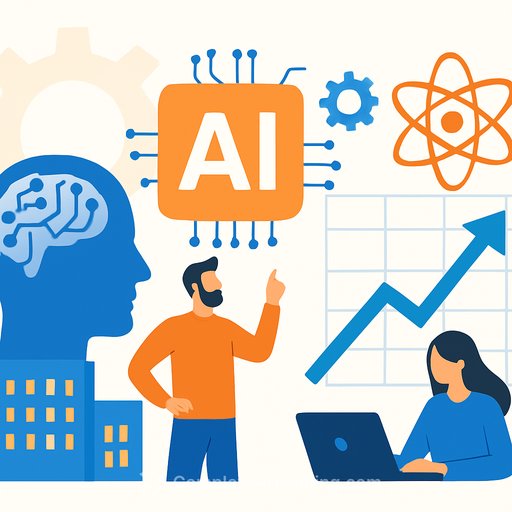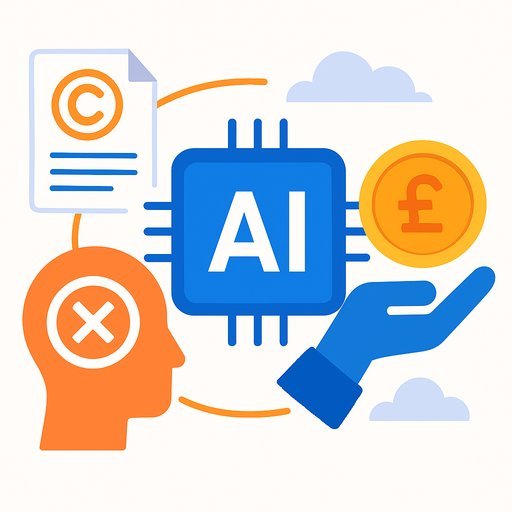4 Creative Rules for Building Campaigns With AI
AI is now a teammate-muse, assistant, and fixer-sitting in the same room as your brief. Since ChatGPT landed, the tech has changed how we spark ideas, build assets, and scale production. The real question isn't "should we use it," but "how do we keep craft, emotion, and intuition intact?"
Creative leaders from 72andSunny, Fiverr, and Manual Labor Studio have been putting AI to work in campaigns. Their shared stance is clear: creativity starts-and ends-with humans. Here's a simple set of rules that keeps the work sharp and the soul intact.
1) Start Human, Finish Human
Ideas come from people. AI supports the process, but it shouldn't set the brief or sign off the final cut.
- Write the core insight first. Capture the tension, audience truth, and the single line that the work must prove.
- Brief the model like a junior. Spell out tone, audience, references, constraints, and what to avoid. Give examples.
- Own the first and final pass. You shape the direction up front and you make the final edit at the end.
2) Design Your AI Sandbox
Great output comes from tight constraints. Treat AI like a production system with clear rules, not a magic box.
- Build a brand style kit. Voice rules, visual references, color and type choices, banned elements, and approval criteria.
- Use a prompt framework. Role + Intent + Inputs + Constraints + Output format. Keep reusable templates for each client.
- Control versions. Track model settings, seeds, and iterations so you can recreate or fix work later.
3) Prototype Fast, Test, Then Craft
AI is perfect for messy middle work: exploration, rough comps, alt lines, and quick boards. Use speed to find the angle, then slow down to polish.
- Generate wide, then narrow. Spin 20 options in an hour, shortlist 3 with your team, and push 1 to refinement.
- Pressure-test concepts. Run small audience checks or lightweight A/Bs to see what actually lands before you spend time and money.
- Finish with taste. Rewrite lines, tweak pacing, grade frames, and tune sound. Craft is where trust is built.
4) Protect Ethics, IP, and Client Trust
Speed means nothing if it risks the brand. Set rules for consent, credit, rights, and bias from day one.
- Know your sources. Use licensed or consented data. Log models, prompts, and references for every deliverable.
- Check for bias and accuracy. Review outputs with diverse eyes. Fact-check anything that looks confident but shaky.
- Plan for provenance. Use content credentials or watermarking where appropriate to show how assets were made. See the C2PA standard and guidance from Partnership on AI.
How agencies are putting this into practice
Teams at 72andSunny, Fiverr, and Manual Labor Studio use AI to move faster on exploration while keeping humans in charge of taste and truth. They set guardrails upfront, prototype widely, and reserve the final say for creative leads. The result: work that scales without losing the heart.
Your working checklist
- Write the human insight before touching tools.
- Codify brand voice, references, and off-limits territory.
- Template prompts and track versions for repeatability.
- Prototype wide, test small, and craft the final with care.
- Document sources, address rights, and disclose when needed.
Want deeper reps for creative workflows?
If you're building an AI-ready creative stack, explore practical learning paths and tools curated for creative roles:
AI can help you think broader and build faster. Your taste, judgment, and storytelling are what make it advertising.
Your membership also unlocks:






